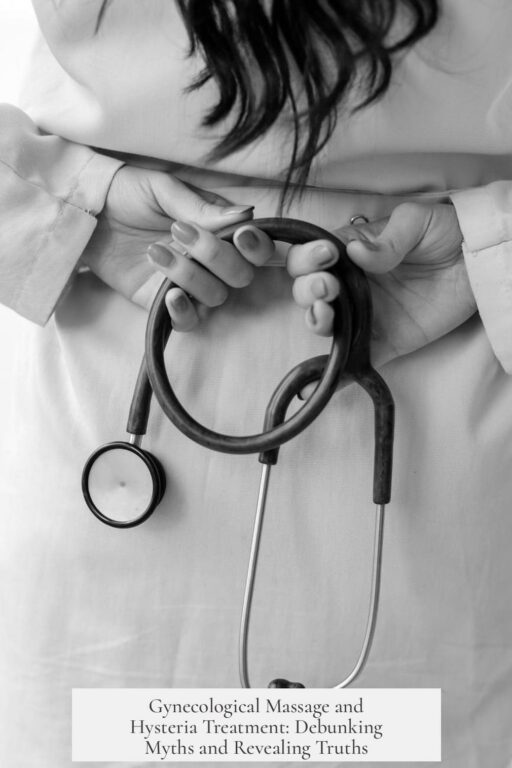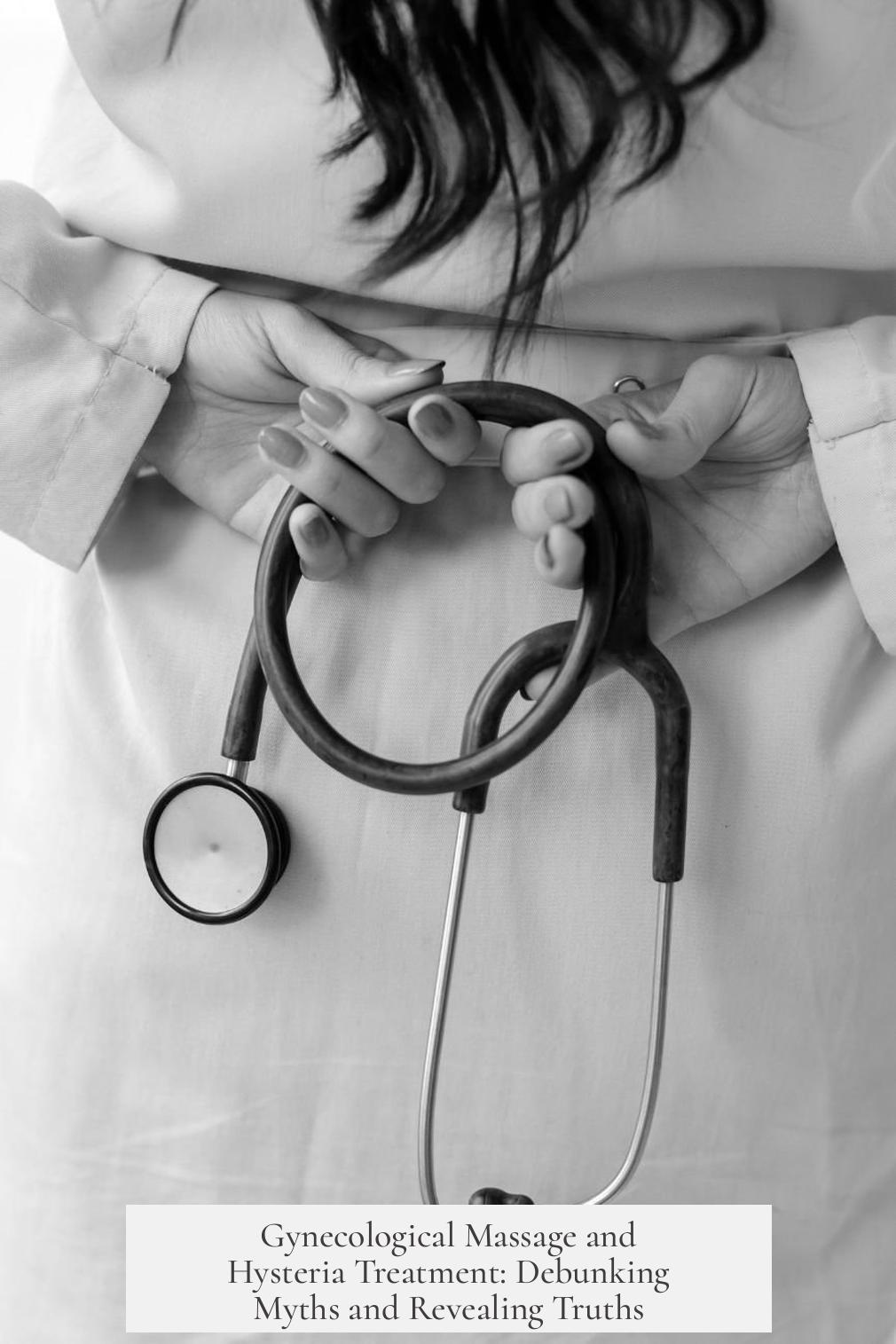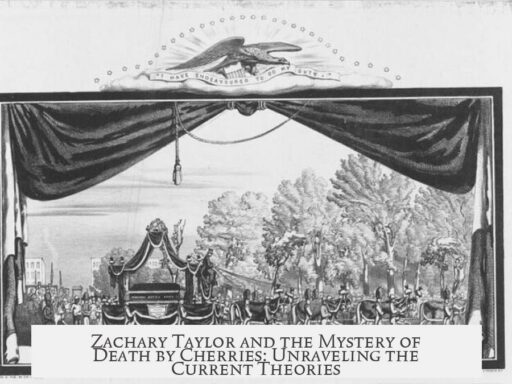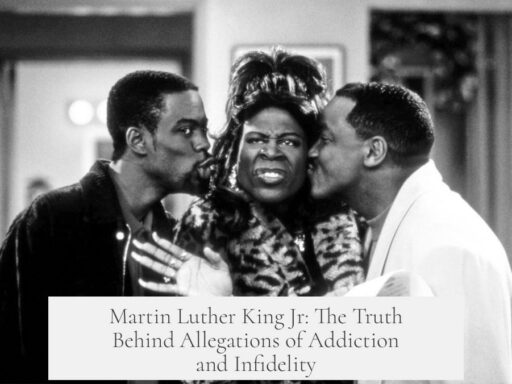Gynecological massage techniques, developed in the late 19th century, aimed to treat a range of true medical conditions affecting women’s reproductive health. These methods offered a less invasive alternative to the risky surgeries and toxic chemical treatments then common for conditions like prolapsus, metritis, and vaginismus.
During the second half of the 1800s, medical treatments for gynecological issues often involved surgery without anesthesia or aseptic conditions, which exposed women to infections, infertility, or death. Chemical solutions carried risks from toxicity and addiction. In contrast, gynecological massages emerged as a manual or machine-assisted therapeutic option. These included both external massages and internal, penetrative techniques. Despite involving internal work, they proved safer and less painful than the surgeries of that time.
This approach addressed real gynecological demands, focusing on medical relief rather than any notion of sexual stimulation. Women sought these massages for conditions that affected their physical health and quality of life, not for sexual gratification. The massages aimed to alleviate inflammation, improve circulation, and reduce muscle tension related to reproductive organ dysfunction.
However, the practice sparked medical and social controversy. Some critics labeled these treatments as immoral. Doctors administering the massages were even mocked as engaging in masturbation disguised as therapy. Despite this backlash, several early female physicians supported and employed these techniques. By 1910, the popularity of gynecological massage had declined, and it was largely abandoned in mainstream medicine.
Parallel to gynecological massage, the late 19th and early 20th centuries saw a rise in medical fads involving mechanical and electrical devices designed to apply vibration and electrical stimulation. Physicians developed such devices hoping to treat various ailments across both men and women. These devices were distinct from manual massages. Initially, their use was medical and unrelated to any sexual context.
Eventually, the expected therapeutic benefits of these vibrating and electrical devices failed to materialize, leading many doctors to abandon them. Opportunistic entrepreneurs then marketed these devices as universal cure-alls to the general public. Advertisements began implying sexual applications, often depicting half-dressed women using these gadgets. This shift diverged from their original intended medical use and contributed to persistent myths linking gynecological treatments to sexual stimulation.
While vibrators and massage devices were utilized in medical settings, it is crucial to separate evidence-based gynecological massage therapy from the later commercial exploitation of vibrating devices in popular culture. Real therapeutic massage for gynecological issues had no connection to hysteria or sexual release, which myths sometimes inaccurately claim.
An example of early commercial vibrators includes Dr. Maucaura’s Pulsconn model from 1911. This device, constructed of sturdy metal and still operational over a century later, was used by patients for joint pain relief rather than gynecological treatments. This illustrates the broad application of mechanical vibrators in early 20th-century medicine unrelated to sexual therapy.
| Aspect | Details |
|---|---|
| Period of Development | Second half of the 19th century |
| Purpose | Treat gynecological conditions: prolapsus, metritis, vaginismus |
| Types | External and internal; manual or machine-assisted |
| Medical Context | Alternative to toxic chemicals and risky surgery |
| Social Reception | Controversial; viewed as immoral by critics but supported by some female physicians |
| Decline | Mostly abandoned by 1910 |
| Mechanical Devices | Vibration and electrical units marketed separately; medical use failed; later sexualized advertising |
In essence, gynecological massage was a medically motivated practice addressing real health concerns. It did not serve as therapy for hysteria or sexual relief, disproving common misconceptions. The controversy mostly stemmed from social attitudes of the era, not medical facts.
- Gynecological massage emerged as a therapeutic alternative to risky surgery and toxic chemicals.
- It treated specific conditions like prolapsus, metritis, and vaginismus, not hysteria or sexual dysfunction.
- Though controversial, it had advocates among medical professionals, especially early women doctors.
- Mechanical vibrators initially intended for medical purposes later became associated with sexual uses in advertising.
- The practice declined by 1910 and was largely abandoned in mainstream medicine.
- Commercial vibrators like Dr. Maucaura’s Pulsconn served non-gynecological therapeutic functions as well.
Gynecological Massage and the Myth of Hysteria Treatment: What Really Happened?
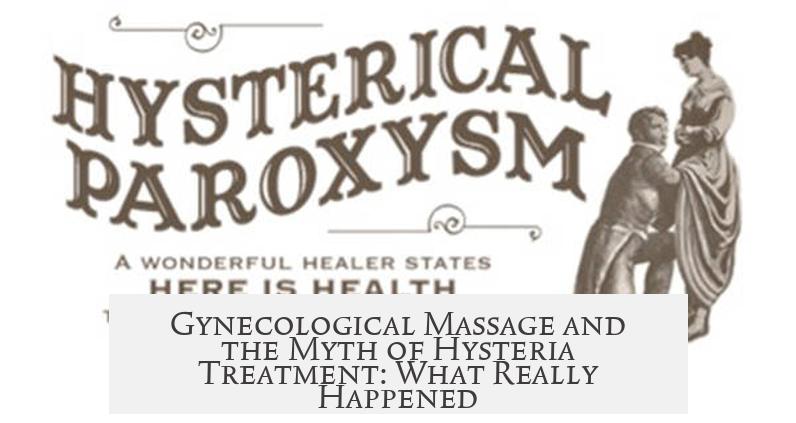
Let’s set the record straight right away: Gynecological massage techniques developed in the late 19th century were not intended to treat hysteria. Instead, these massages aimed to address real, tangible gynecological problems that women faced. So, where did this misinformation come from? Buckle up for a story that blends medical history, social taboos, and myth-busting.
Back in the late 1800s, medicine had a limited toolkit for women’s reproductive health. Chemical treatments and surgeries were the norm, but these came with hefty downsides. Chemicals could be toxic or addictive (yikes!), and surgeries were risky operations often done without anesthesia or proper sterilization. This could lead to infertility, infections, and even death. So, doctors and patients alike sought gentler alternatives.
Enter gynecological massage—developed in the second half of the 19th century, this technique offered a way to ease conditions such as prolapsus (where pelvic organs slip out of place), metritis (inflammation of the uterus), and vaginismus (painful muscle spasms of the vagina). The massages could be external or internal, manual or machine-assisted. Even when involving penetration, these massages were far less invasive and painful than surgery.
So, why the confusion about hysteria? The popular tale of Victorian doctors “masturbating” women to cure hysteria is a gross misunderstanding and exaggeration. Critics of the time did mock practitioners, calling them “masturbators,” but these claims were largely baseless sarcasm aimed at undermining the practice, not factual medical history.
The Social and Medical Controversy
Gynecological massages carried stigma. Victorian morals regarded any intimate touch with suspicion, especially in a medical context. The technique was considered “immoral” by some, and humorless critics joked it was nothing more than medical masturbation. That perception doesn’t help anyone looking for serious medical care, does it?
Interestingly, these massages enjoyed support from early female physicians, who saw their therapeutic value firsthand. Yet, by 1910, the technique fell out of favor and was mostly abandoned as medicine modernized and new treatments emerged. But this decline doesn’t mean the massages lacked merit—it just means the medical field evolved, thankfully leaving behind dangerous surgeries and toxic chemicals.
Vibrating Devices and Mechanical Gizmos: Not the Cure for Hysteria
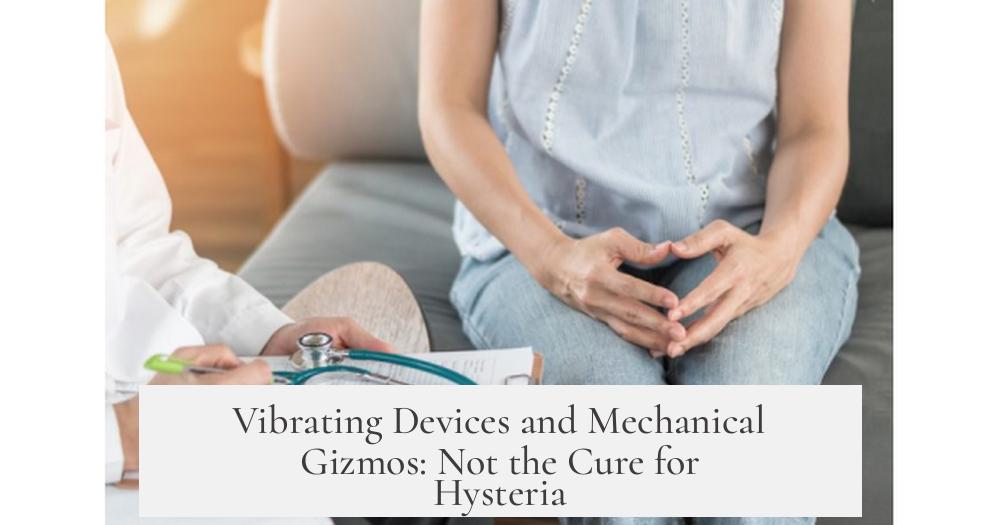
Now, let’s talk about the “vibrators” that often pop up in hysteria stories. Mechanical and electrical devices indeed appeared around the same time, but their purpose was different.
Early 20th-century medical fads boasted about the healing power of vibration and electricity. These devices targeted a range of ailments in both men and women. The claim they were specialized towards hysteria is false.
Unfortunately, these devices rarely delivered the promised medical benefits and doctors deserted them. That’s when savvy entrepreneurs swooped in to sell vibrating gizmos as cure-alls to the public. Advertisements sometimes used provocative images of half-dressed women, subtly hinting at sexual pleasure, but this was marketing strategy rather than medical fact.
Here’s an interesting tidbit: I recently bought a Dr Maucaura’s Pulsconn model vibrator from 1911 on eBay. Surprisingly, it’s heavy, sturdy, probably made of steel, and still works after 110 years. The prior owner’s grandmother used it to relieve joint aches, not hysteria. Proof that vibrators had legitimate therapeutic uses beyond controversial claims.
Women Sought Real Medical Help, Not Sexual Release
A crucial point often overlooked is that women actually sought these massage treatments for genuine medical issues. The massages addressed specific gynecological conditions — not sexual gratification or hysteria relief as some myths suggest. It’s easy to let sensational stories overshadow the real experiences women had.
Asking yourself why these messages about hysteria persist? Probably because society finds it easier to sensationalize female sexuality than acknowledge women’s medical struggles. Unpacking this myth reminds us to distinguish history from rumor.
Where to Learn More?

For those who crave deeper dives:
- Check out u/kingconani’s answer on the claims that Victorian MDs used vibrators to treat hysteria.
- Or read u/gerardmenfin’s answer about hysteria treatments in the Victorian era.
These resources provide well-researched, nuanced discussions straight from historians who specialize in medical history.
Final Thoughts: Busting the Myth with Facts
Gynecological massage was a 19th-century medical innovation aimed at helping women cope with serious health problems. It served as a softer, safer alternative to dangerous surgeries and chemical treatments available at the time.
The persistent myth linking these massages to hysteria treatment and sexual release reflects cultural biases and misunderstanding, not medical truth. Mechanical vibrators emerged as separate inventions with a brief flirtation with medicine before becoming commercialized gadgets; they, too, were not created for or proven effective in treating hysteria.
Next time you hear someone claim Victorian doctors “masturbated” women to treat hysteria, remember: they had real medical tools and challenges, and the truth deserves respect over sensationalism. Medical history is complicated, but it teaches us a lot about progress, stigma, and how we understand women’s health even today.
What medical conditions were gynecological massages originally intended to treat?
They targeted conditions like prolapsus, metritis, and vaginismus. The goal was to offer a gentler option than surgery, not to treat hysteria.
Why did some people view gynecological massage as immoral?
Critics mocked practitioners as masturbators due to the nature of internal techniques. Despite controversy, many early female physicians supported these treatments.
How did mechanical and electrical devices relate to gynecological massage?
They were separate trends focusing on vibration and electricity to treat various ailments. When medical results failed, devices were sold commercially with sexual innuendos in advertising.
Was there genuine medical demand for gynecological massage by women?
Yes, women sought these massages to address real gynecological health problems, not for sexual relief.
Are any early 20th-century medical vibrating devices still operable today?
Yes, for example, Dr Maucaura’s Pulsconn from 1911 is a sturdy, metal device that can still work after over 110 years, originally used to relieve joint aches.
